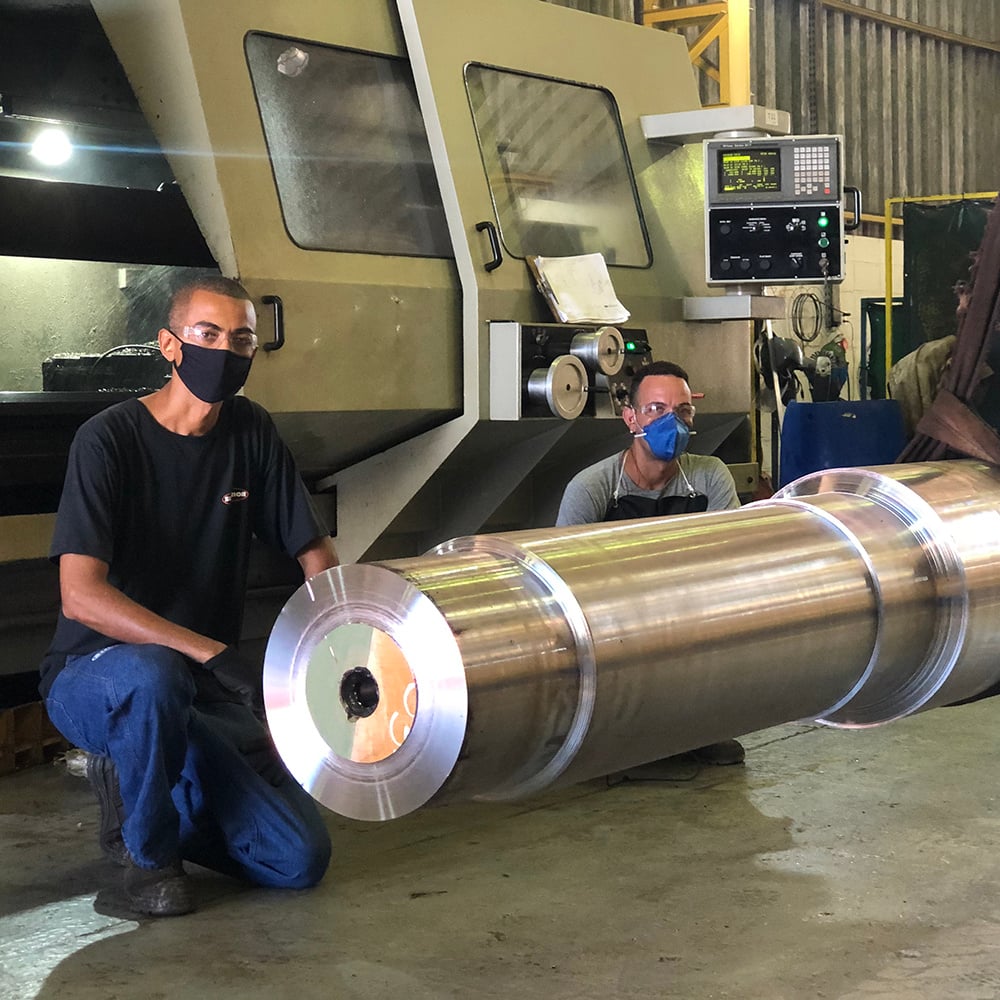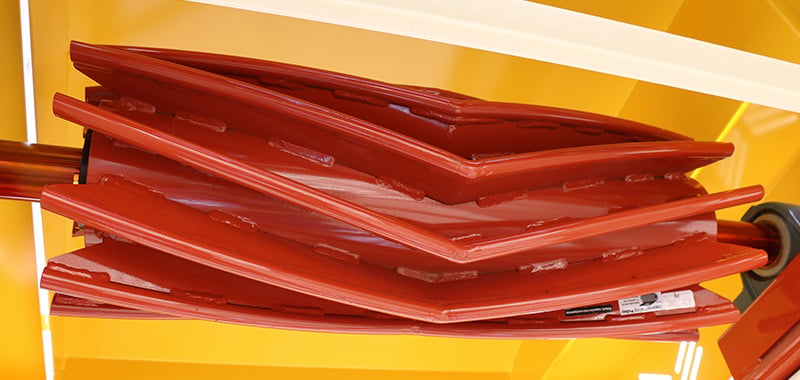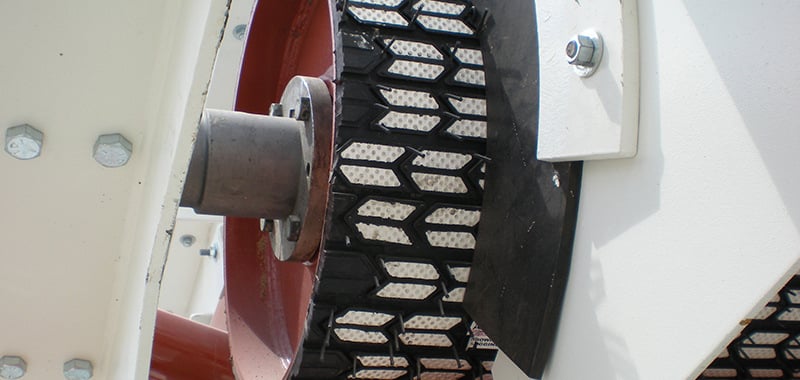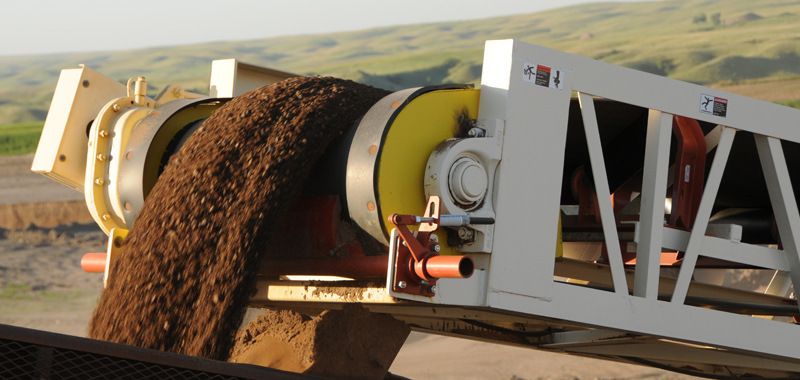Tech Tip: Conveyor Pulley Shafting
Proper Selection Matters When Designing for Uptime
A conveyor pulley assembly is an integral structure that relies upon the pulley and shaft working and functioning together. When pulleys fail, it is often a result of improperly sized pulley shafts. Two key calculations -- strength and stiffness -- are used to determine the correct shaft diameter for a given application.
It is important to note that while shaft strength is commonly considered, unfortunately shaft stiffness is often overlooked. Consequently, this can lead to costly conveyor downtime.
Shaft strength relates to the ability of steel material to resist cracking or breaking due to excessive stress caused by the following factors:
- Bending loads placed upon the shaft due to belt tension
- Shaft torsion, or twisting on drive pulleys
Bearing centers, or the distance between two bearings, greatly affect the shafts ability to resist the applied loads. As that distance increases, so does the stress in the shaft. In an application that involves high loads and wide bearing centers, one can choose to use a larger shaft diameter or a higher grade steel to satisfy the strength requirements.
On the other hand, shaft stiffness affects the deflection of the shaft. Deflection relates to how much the shaft sags or deforms under load. Excessive shaft deflection is usually the cause of pulley end disc failure. In addition to the loads placed upon the shaft due to belt tension, bearing centers also greatly affect shaft deflection; the wider the bearing centers, the more the shaft will deflect.
Serious mistakes in shaft selection occur when only shaft strength is considered, and shaft stiffness or deflection is overlooked. Opting for stronger steel properties can solve a shaft strength problem; however a higher grade of steel will not reduce shaft deflection. The diameter of the shaft is the only shaft property that affects deflection. This is a critical point because using higher-grade steel will actually allow a smaller shaft diameter to satisfy the strength requirements.

However, a smaller shaft diameter will result in a higher amount of shaft deflection. Therefore, both shaft strength and stiffness (or stress and deflection) must be examined independently to design a reliable pulley assembly.
When selecting a shaft size, it must be large enough to function without failing, but yet not overkill, because costs increase significantly with size. Larger shafts require larger hubs, bushings, and bearings. When a large diameter shafts is required, one may consider “journaling” the shaft at the ends. This involves stepping down the diameter of the shaft through the bearings, which allows smaller diameter bearings to be used. This is an effective method of cost reduction, but it is imperative that the stress level of the shaft is checked at the shoulder of the journal.
Proper shaft sizing must involve independent consideration of both strength and stiffness, and the corresponding stress and deflection. Be sure to take the time to consult with the application engineers at your pulley manufacturer if you need technical assistance. Also, the Conveyor Equipment Manufacturers Association (CEMA) provides formulas for pulley and shaft selection.

OptimizeU - Strategic Learning
Pursue greater production with comprehensive online courses in crushing, screening, conveying, and washing. Check out the premiere training resource in the construction aggregates industry.
Related Content

Modern Wing Pulleys: Extend Belt Life With V-Shaped Model
It is common for operations to stick with traditional conveyor components even though they are causing maintenance challenges.

Conveyor Pulley Lagging: The Rubber Layer That Decreases Downtime
When seeking highly efficient and economical conveyor operation, proper pulley lagging is an integral detail.

Crown Face Pulleys: Is There Value?
Many think that a crowned face pulley is a must, but its value to belt training is more myth than reality.
Talk to an Expert
Need more information? We'll get you in contact with a product expert in your area.
